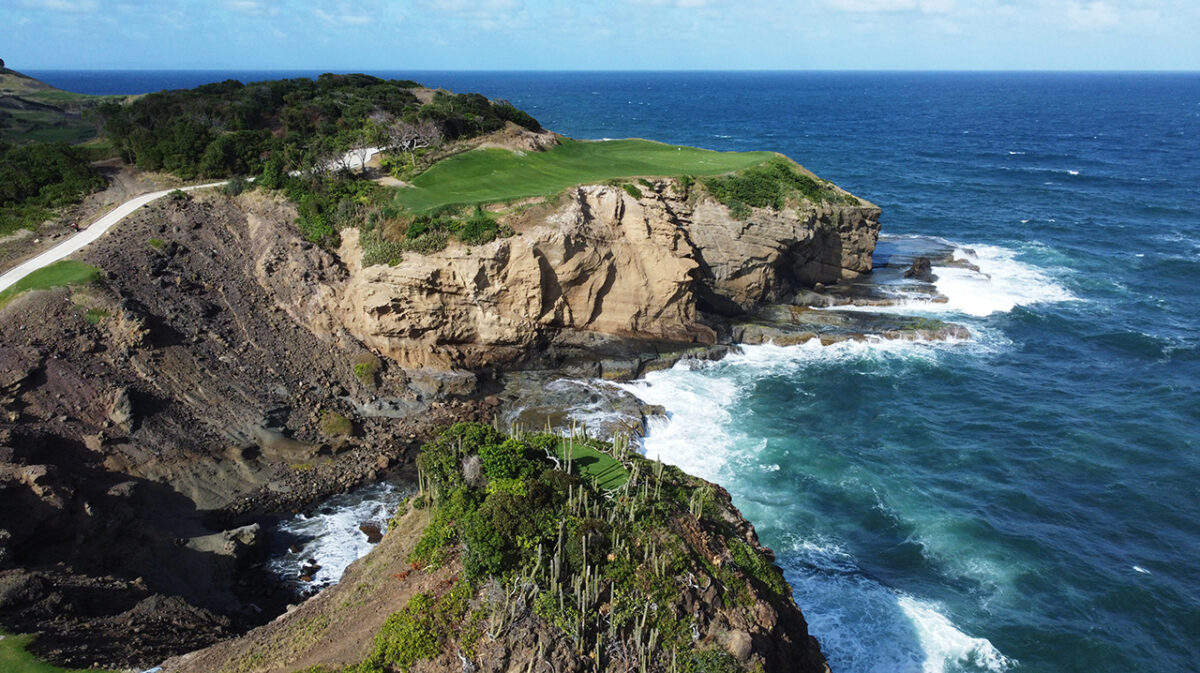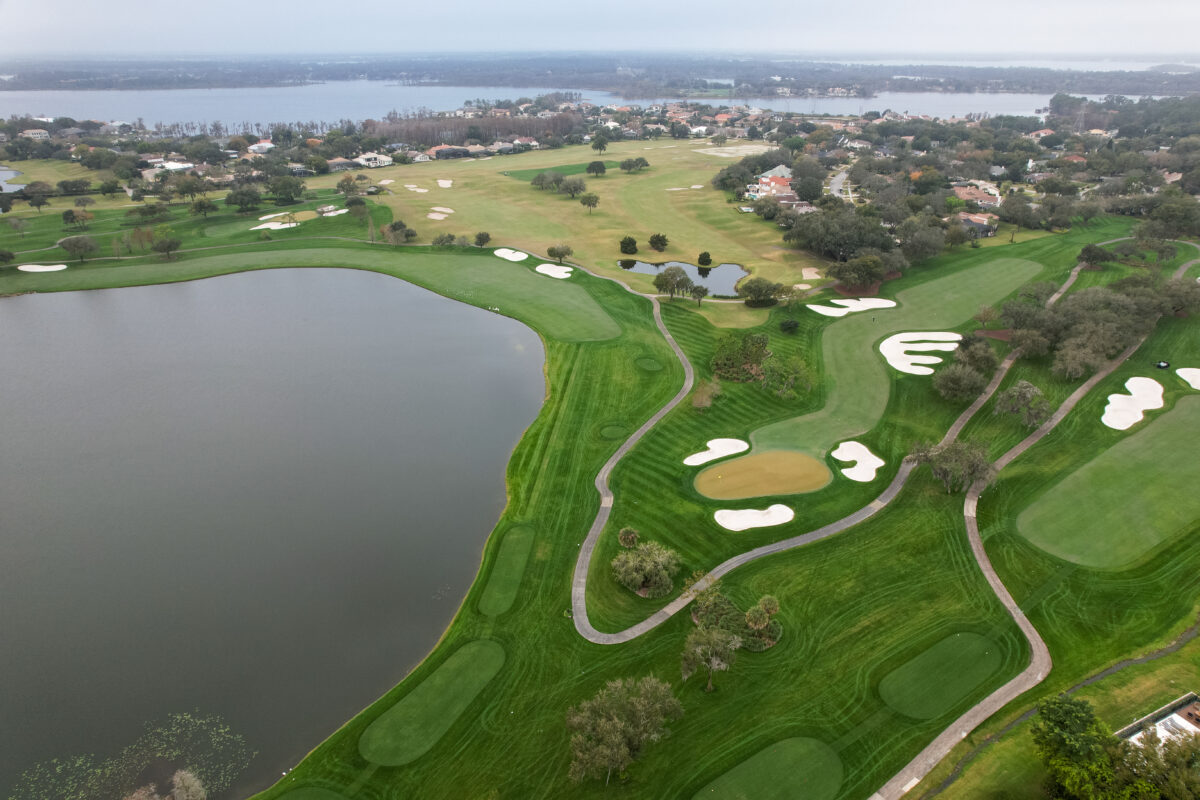Bill Coore doesn’t want to talk about “signature holes.”
That leftover cliché of 1980s course development and marketing has fallen out of favor among many fans of great golf architecture, for good reason. In trying to design one hole that is especially photogenic or memorable, the other 17 might be best left on the cutting room floor.
“We’ve failed, to be quite candid, if we have a signature hole,” said Coore, partner of Ben Crenshaw in designing several of the best modern courses in the world. “To me, that basically is saying that you spent all your efforts on that one hole. You grounded the entire golf course around one hole.”
[mm-video type=video id=01gxsjpcde0qry3amae8 playlist_id=none player_id=01evcfxp4q8949fs1e image=https://images2.minutemediacdn.com/image/upload/video/thumbnail/mmplus/01gxsjpcde0qry3amae8/01gxsjpcde0qry3amae8-ceed0e3c00547488ba4ad5b1d9023bae.jpg]
Coore admits with a chuckle that he has resorted to subterfuge when presented the question of what is the signature hole at several courses he has routed around the world.
“We’ve actually gone to the reverse sometimes when somebody will ask what’s your signature hole – at least I have, I don’t know that Ben has – but a couple times I have literally picked the most bland hole on the entire course, and I’m talking about photogenically and visually speaking, and said that’s our signature hole right there,” the native of North Carolina said with a laugh.
Instead, Coore wants to lay out courses that flow from hole to hole, never lacking in interest while taking advantage of all the ground has to offer. He’s more concerned about the shots to be played on any given hole, less so with photo ops.

“We think of golf as being a collection of holes that go together and fit together,” he said. “Maybe one or two or three or four are more dramatic than the others, but we don’t think of them as signature holes.”
So what to do with a site such as Cabot Saint Lucia in the Caribbean, home to Coore and Crenshaw’s still-in-development Point Hardy Golf Club? The whole place screams, “Take a picture!” Cliffs rise straight from the Atlantic Ocean with new golf holes perched atop them, waves crashing into white foam below. This is one of Earth’s great meetings of land and sea.
Imagine any of the most scenic seaside golf courses in the world. Cypress Point or Pebble Beach in California, any of the layouts at Bandon Dunes in Oregon, Royal Dornoch and a handful of other Scottish or Irish heavyweights, a slew of Mexican and Caribbean beauties. Point Hardy Golf Club is a match for any of them, as far as visuals and proximity to salt water.
Given such a beautiful tropical site that really has all the makings of a photo shoot, with a mile and a half of see-it-to-believe-it scenery, on what do Coore and Crenshaw narrow their focus to build a golf course bestowed with so much drama?
“Playability, playability, playability,” Coore said.
Really, Bill? Not the point of cliffs jutting into the ocean on this end of the property, or the promontory at the other end? Even Coore smiles as he describes the wow factor of Cabot Saint Lucia, one of several new Cabot Collection properties that will expand the Canadian company’s reach over the next several years from Nova Scotia to the tropics, Scotland, Florida and western Canada.
https://www.instagram.com/p/CoZyeGOM-8n/
“The site is so visually spectacular,” said Coore, whose design credits include such highly ranked layouts as the Sheep Ranch and Bandon Trails at Bandon Dunes Golf Resort in Oregon, Sand Hills in Nebraska and Cabot Cliffs in Nova Scotia. “Most people will come here and ooh and ah, particularly as you look down the hill or look along the cliff at the shoreline and the ocean. It’s almost beyond description, dramatic. Ben and I are both pretty conservative when it comes to our assessments and descriptions, but you’ll see, it’s just, well …”
His voice trails off as he imagines the cliffs and all the opportunities for superlative golf holes upon them. Then he gets back to the matter at hand and what he considers the primary job of a golf architect, especially at an extreme site such as Point Hardy featuring volcanic hills and rocky ground. Coore has said before that it’s easy to build a hard golf course, and the trick is in designing a fun layout that golfers want to tackle again and again.
“Playability, playability, playability,” he repeats as his mantra. “And trying to create a golf course that doesn’t end up being one that people might come and take photographs of every hole and just a photogenic course, and then they go, ‘Eh, it really wasn’t that much fun; I didn’t enjoy it,’ kind of thing. It would be too extreme, or something. That’s what we’re hoping not to happen. We want to try to create something that they’re going to want to come back and play.”


